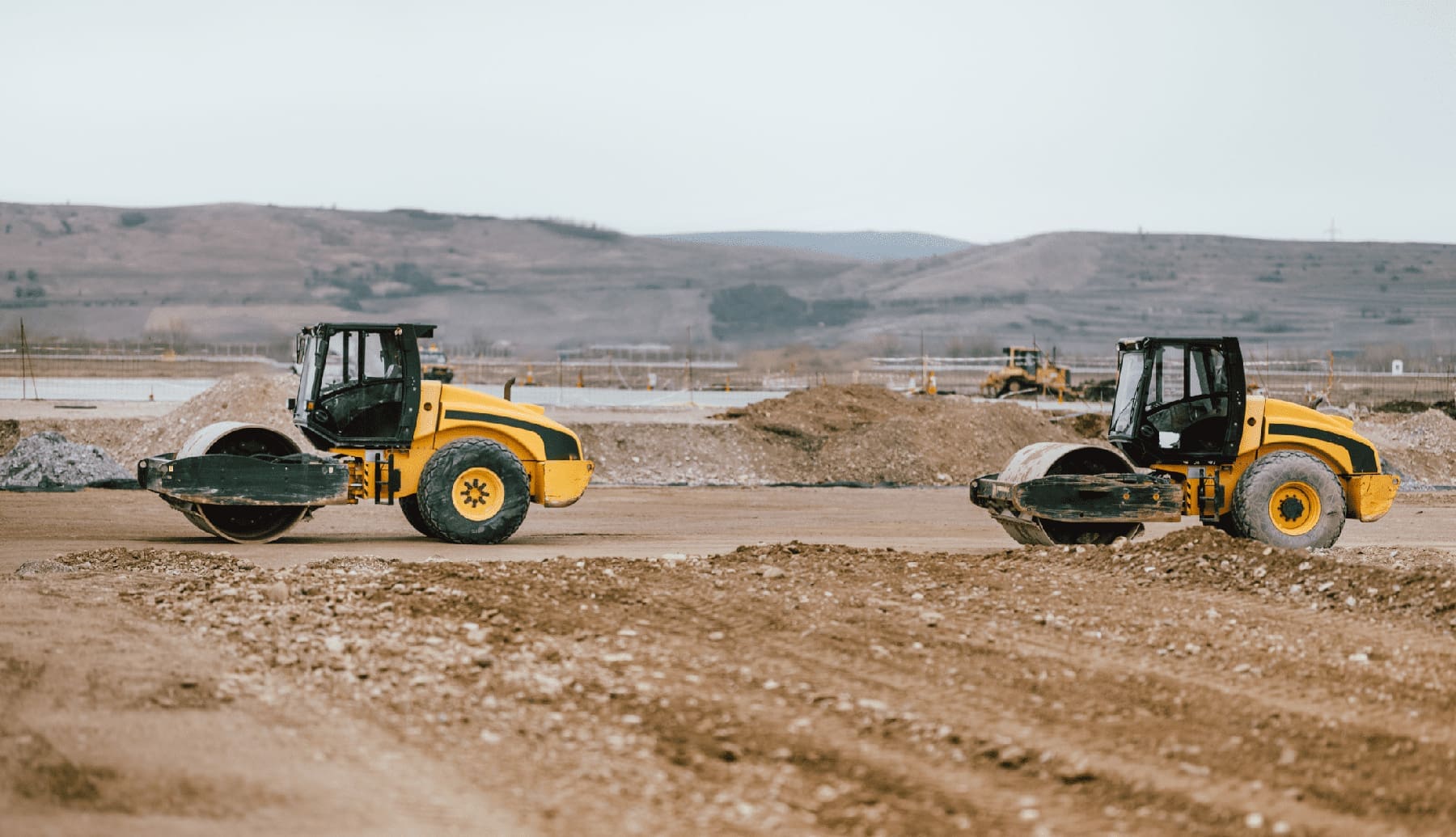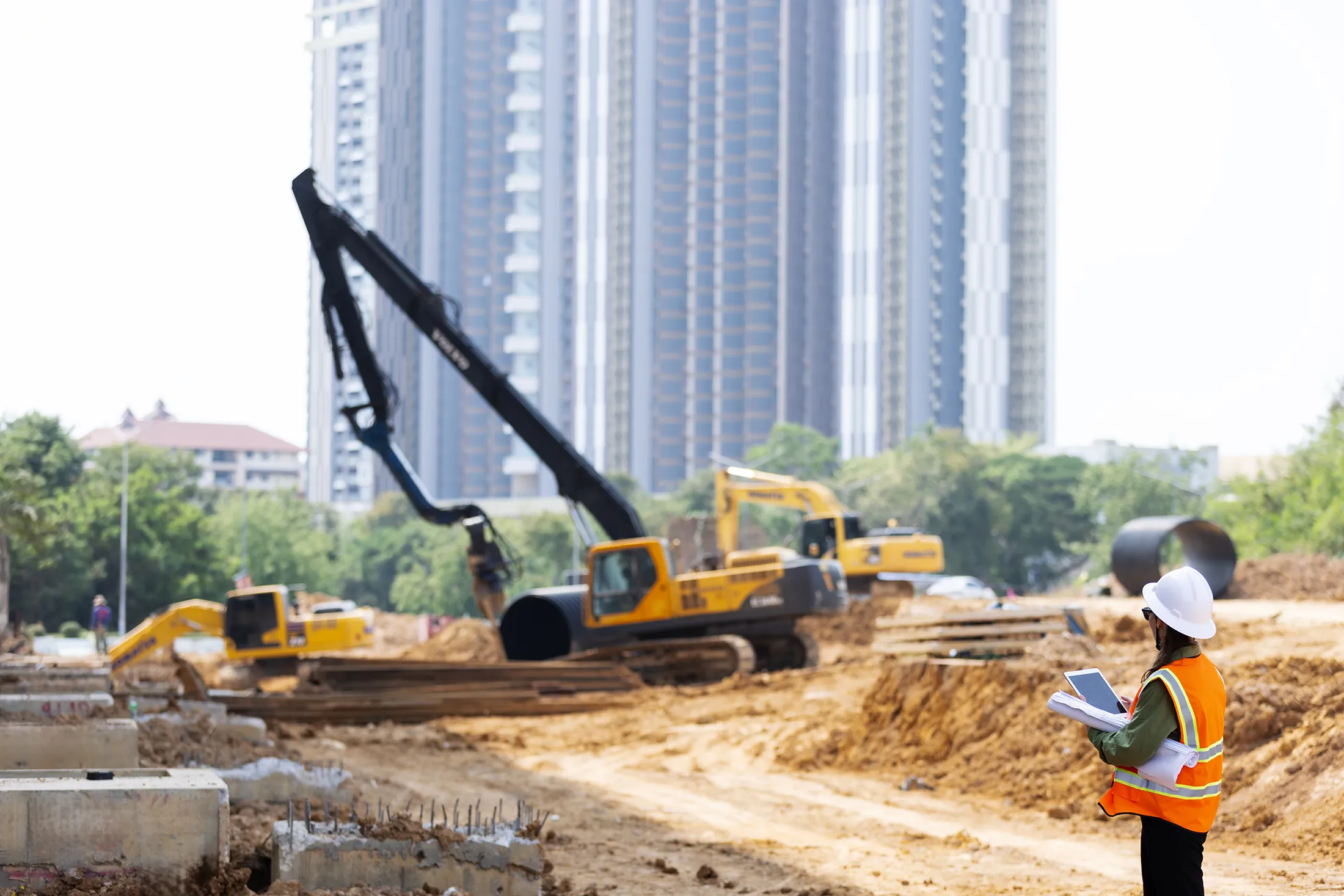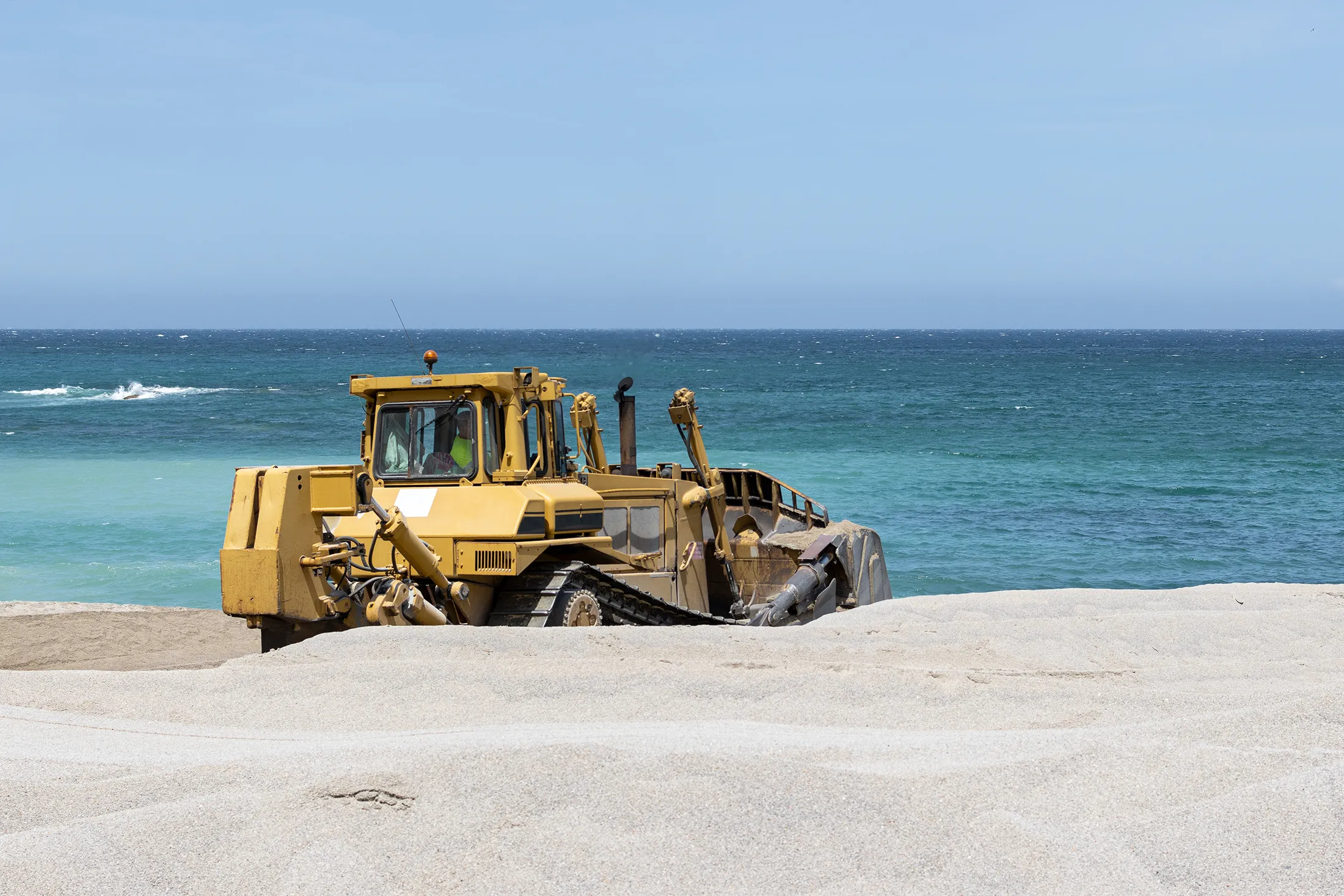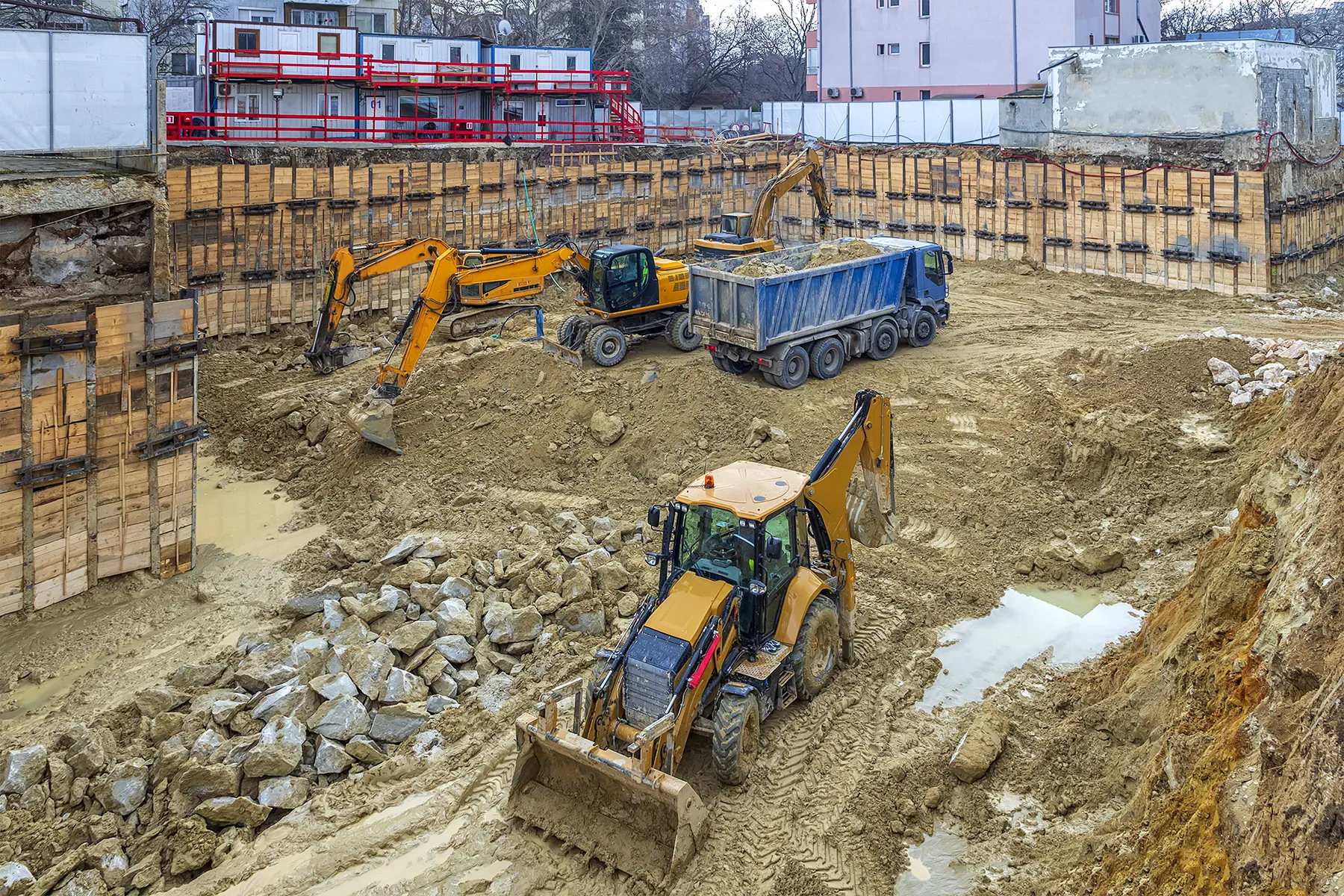
Reducing Environmental Impact of Ground Improvement Techniques
Ground improvement techniques are indispensable in construction, providing the necessary stability and strength for safe and durable structures. However, these techniques can also have significant environmental impacts, including noise, vibration, and dust.
This blog post aims to educate business professionals on these impacts and offer practical mitigation strategies. Did you know that improper management of these impacts can lead to severe environmental and community issues? Let’s explore how we can address these concerns effectively.
Environmental Impacts to Consider
Noise Reduction
Ground improvement activities, such as dynamic compaction, generate significant noise levels that can disrupt local communities and wildlife. Implementing temporary sound barriers or enclosures around the construction site can help reduce noise pollution. These barriers can be constructed from materials such as plywood, vinyl, or specially designed acoustic panels, effectively absorbing and blocking noise. Additionally, choosing quieter equipment and maintaining it properly to avoid excessive noise is essential.
Modern machinery often comes with noise-reducing technologies, and regular maintenance ensures they operate efficiently. Limiting noisy activities to specific times of the day, typically during normal working hours, can minimize disturbances to nearby residents, contributing to a more harmonious coexistence with the surrounding community.
Vibration Control
Vibrations from ground improvement techniques can affect nearby structures and cause discomfort to residents. Continuous monitoring of vibration levels ensures they remain within safe limits, allowing timely actions if levels exceed acceptable ranges. Advanced vibration monitoring systems can provide real-time data, enabling immediate response to potential issues. Developing site-specific attenuation curves helps predict and manage the spread of vibrations across the site, ensuring that sensitive areas are protected. These curves are created by measuring vibration levels at various distances from the source, providing a detailed understanding of how vibrations dissipate.
When possible, using less vibration-intensive ground improvement methods, such as soil mixing or grouting, can also mitigate these impacts, offering a more gentle approach to soil stabilization.
Dust Suppression
Dust generated during ground improvement can affect air quality, impacting human health and the environment. Regularly spraying water on the ground can keep dust levels down by binding dust particles together and preventing them from becoming airborne. Applying environmentally friendly dust suppressants, such as organic polymers or calcium chloride, can further enhance dust control by creating a crust on the surface.
Covering stockpiles of materials and using dust control mats can further reduce dust emissions by preventing wind erosion. These measures are particularly important in urban areas where high dust levels can exacerbate respiratory conditions and other health issues.
Sustainable Practices
Incorporating sustainable practices in ground improvement can significantly reduce environmental impact. Using eco-friendly materials that are less harmful to the environment is crucial. For example, recycled aggregates or low-carbon concrete can be used instead of traditional materials. Properly managing and recycling waste materials generated during the process helps minimize environmental harm. This involves sorting and processing waste to recover valuable materials and reduce landfill use.
Utilizing energy-efficient machinery can reduce the overall carbon footprint of ground improvement activities. Modern equipment often features advanced fuel-efficient engines and electric or hybrid power sources, contributing to sustainability goals.
Environmental Compliance
Adhering to environmental regulations is critical in minimizing the impact of ground improvement activities. Ground improvement and construction contractors should regularly check that all activities comply with local, state, and federal environmental regulations. This involves staying up-to-date with legislation and implementing best practices to meet or exceed regulatory requirements. Conducting thorough environmental impact assessments before beginning any project ensures all potential impacts are considered and mitigated. These assessments identify risks and provide a framework for managing environmental impacts effectively.
Engaging with local communities to address their concerns and keep them informed about the measures being taken to reduce environmental impact fosters trust and cooperation. Transparent communication and involving community stakeholders in decision-making can enhance project acceptance and success.
Wrapping Up
Ground improvement techniques, while necessary, can pose significant environmental challenges. By implementing noise reduction, vibration control, dust suppression, sustainable practices, and ensuring environmental compliance, we can effectively mitigate these impacts. At Densification, we possess the expertise and experience to handle these challenges. Talk to us – We’re here to help,
For more information, please visit our projects page to see real examples of our successful implementations.











